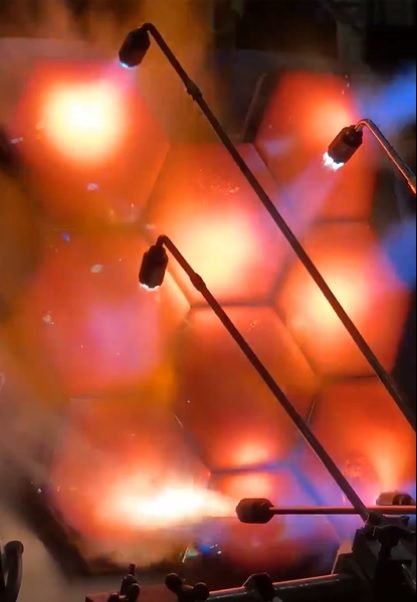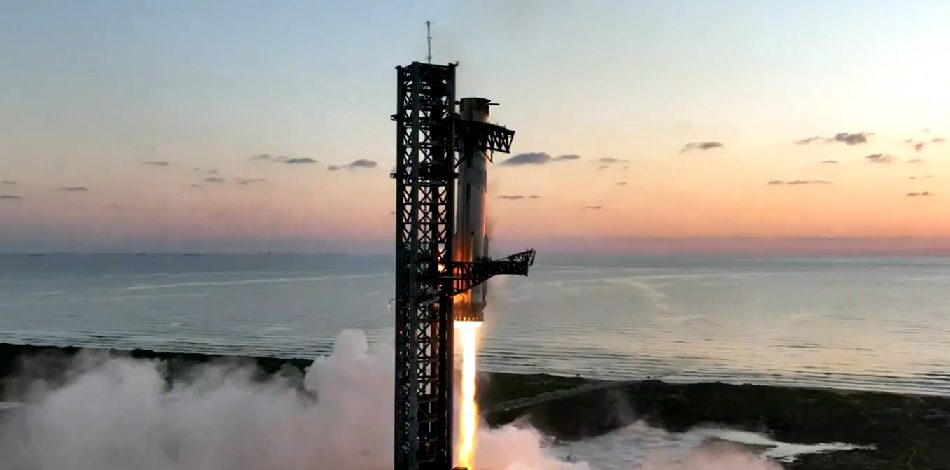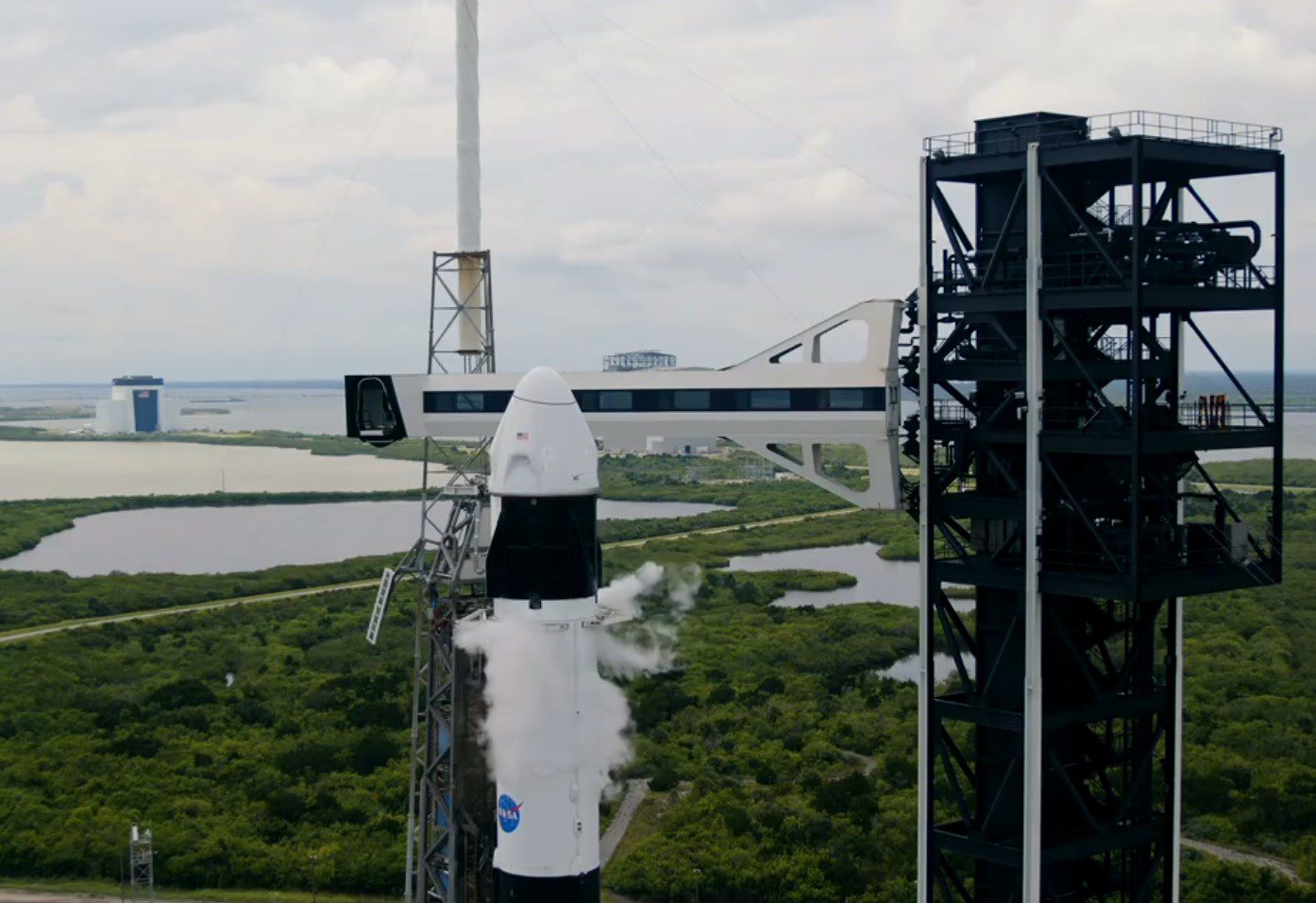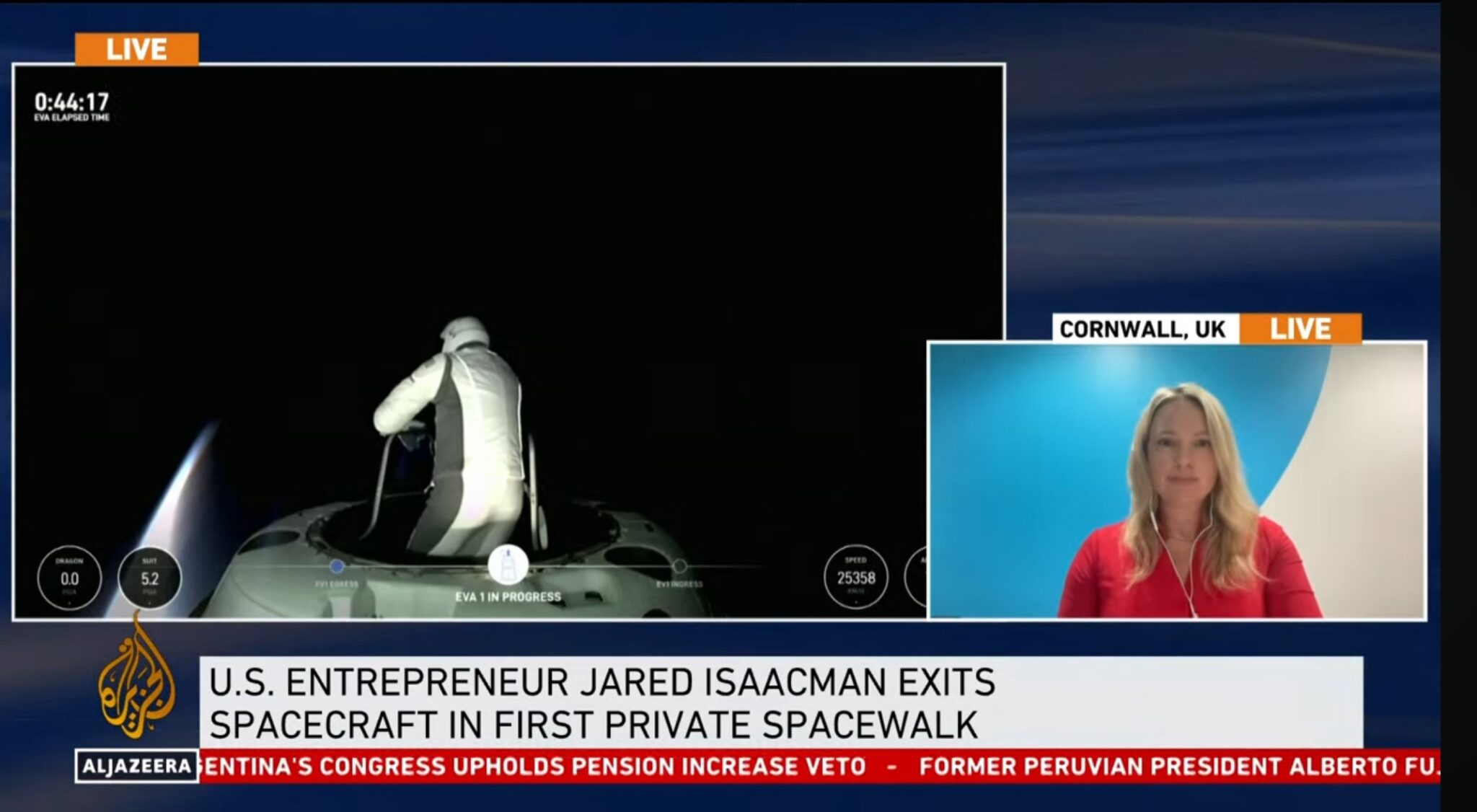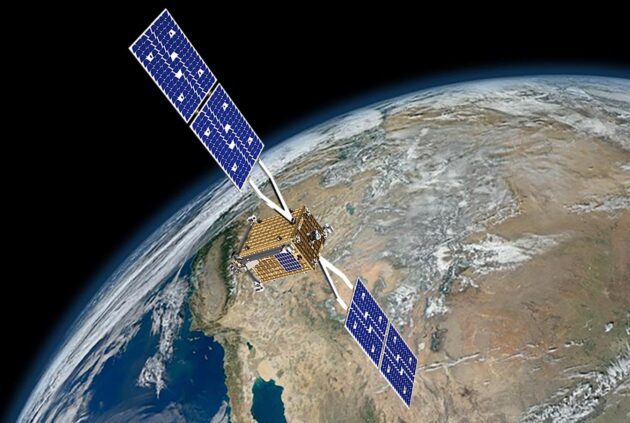Jules Verne in his 19th century sci-fi books From Earth to the Moon and is sequel Around the Moon, had the designers of “Columbiad” super cannon wondering from which US state the cannon-launched shell-like spacecraft would be launched from. The finalists were Florida and Texas. And with an almost mystically predictive view of the future, Verne chose Florida, the state from where all human NASA missions later flew from.
Well it seems that SpaceX is trying to make amends to Texas. In addition to making its imminent tests of a “Starship hopper” technology test vehicle for the first stage from Boca Chica in Texas, SpaceX founder and Chief Designer, Elon Musk, has confirmed that full flights of the Super Heavy (aka BFR)/Starship combination in which he plans to make lunar and Mars missions, will take place from Texas as well as “Cape Kennedy” – the old name for the combined Cape Canaveral/Kennedy Space Center area.
According to NASASpaceflight.com this hopper test vehicle will no longer have the pointed nose that it was originally going to have. It had been previously damaged after falling over in storm winds and is deemed not worth repairing. As it is, at the low velocities the test vehicle will be flying at on its up and down rids, it was not actually needed except for aesthetic reasons.
Elon Musk has also noted in a Twitter release that the stainless steel-walled Starship will still employ ceramic tiling (possibly with Pica-X style ablative as well) on its very hot windward side during re-entry but that its leeward side can get away with no heat shielding albeit with some transpirational cooling in certain “hotspot” areas. This employs liquid methane as the cooling fluid which is pumped through pores in the skin.
Musk has further confirmed that the main Superbooster rocket element will also use stainless steel and thus be able to be re-entered from suborbital flight at Mach 8 -9. Teslerati.com has noted that SpaceX has destroyed most of its large scale composite tank tooling.
Comment by David Todd: This column originally wondered if transpiration cooling – which Elon Musk originally implied would be solely used – will be good enough for re-entry – especially from high energy orbits and trajectories. It now seems that Elon Musk – SpaceX Chief Designer – has decided to use tiles as the main heat shield for initial versions of his Starship, with transpiration cooling for only certain sections on the leeward side.
Moving away from composite propellant tanks is probably a good idea. They do offer large scale weight savings but they are too complicated and their failure modes far too unpredictable to work safely on a multi-cycle reusable vehicle. Worse, they have a tendency to leak as the failed X-33 SSTO (Single Stage to Orbit) programme found out. Composites can still be useful – as a lightweight sheath-like strengthener to conventional aluminium lithium tanks – but are best not used as the primary fluid retaining wall.
Even so, Musk is probably doing the right thing in going for the stainless steel alternative, given its excellent thermal properties relative to its weight. It was a decision which Musk himself concedes is “counter intuitive”. Nevertheless, he will know that he has wasted time and a great deal of money investing in large scale composite tank technology. It has proven an expensive cul-du-sac for SpaceX.

